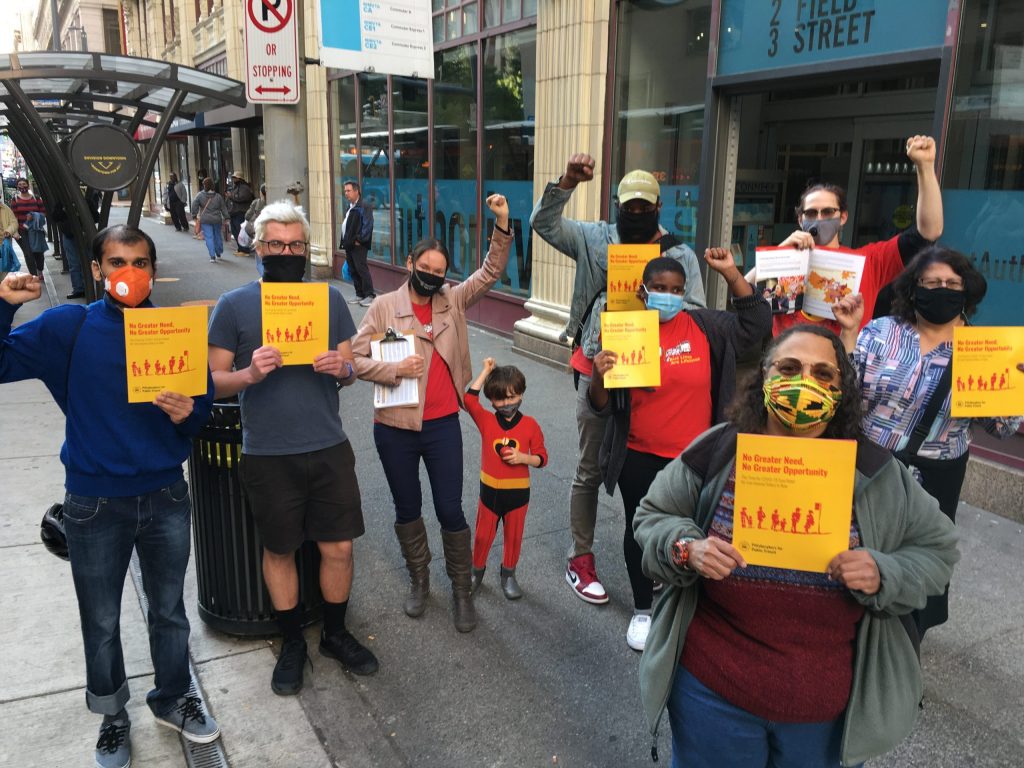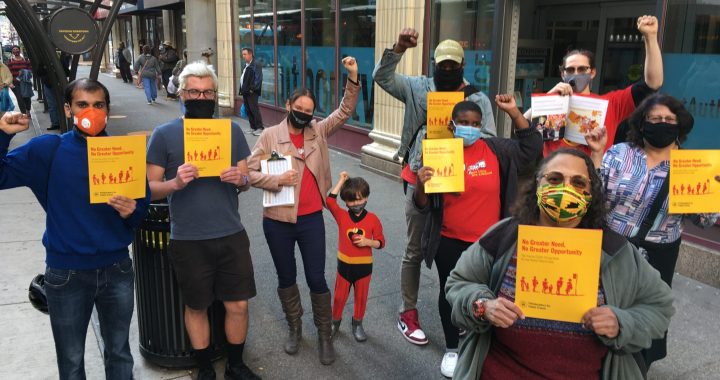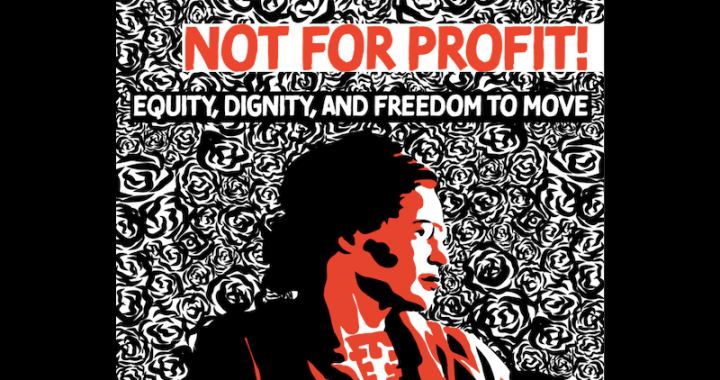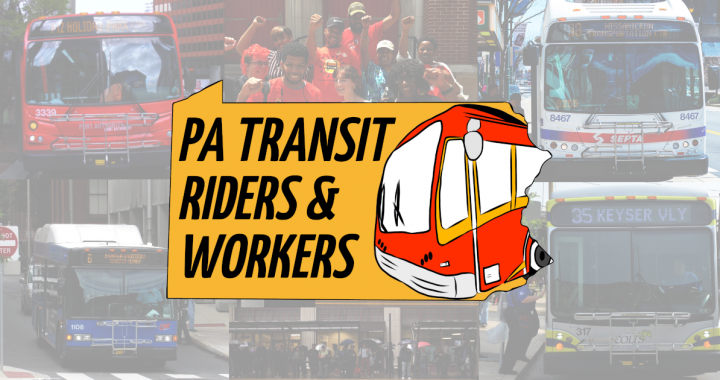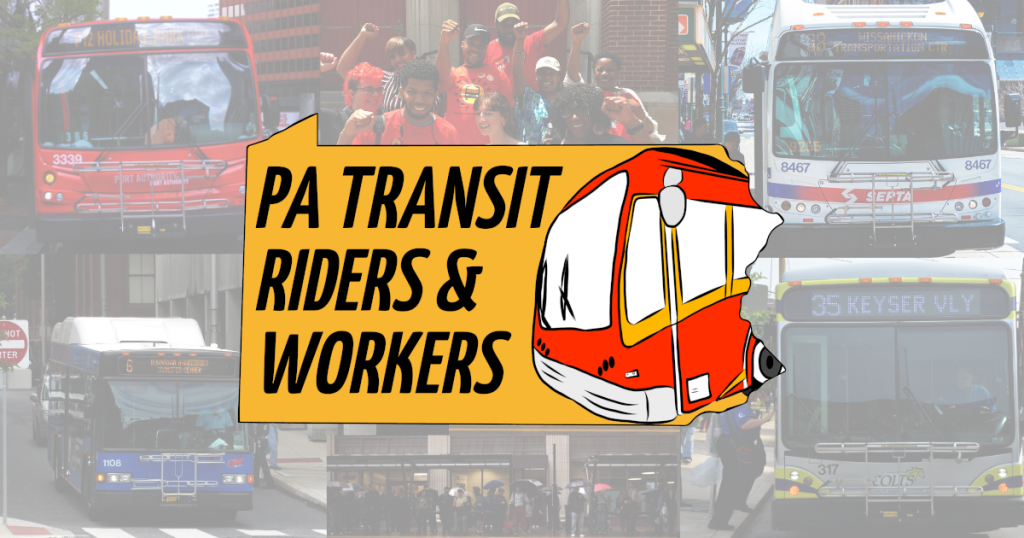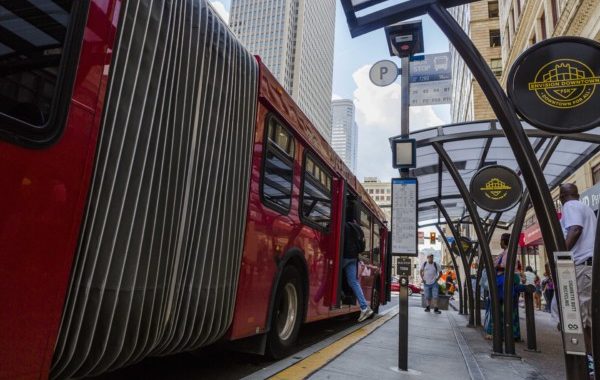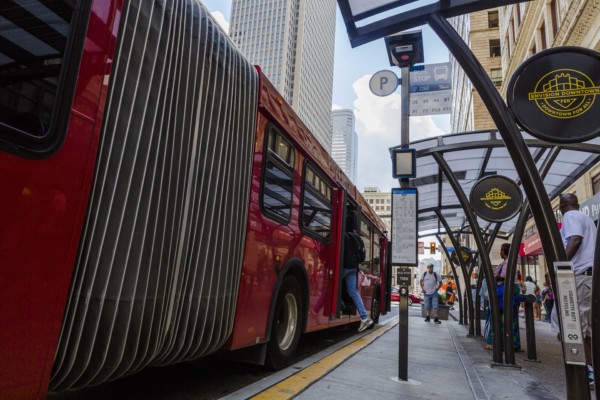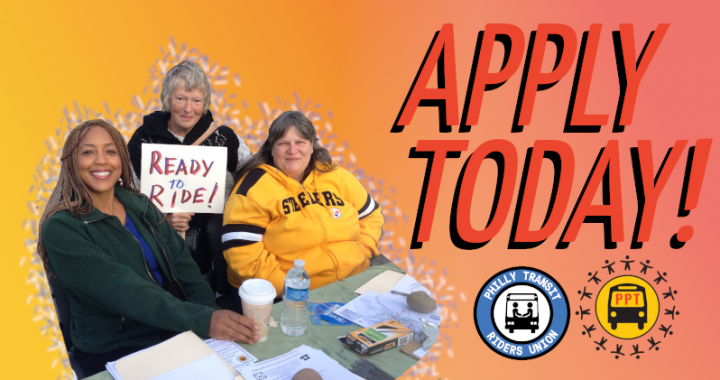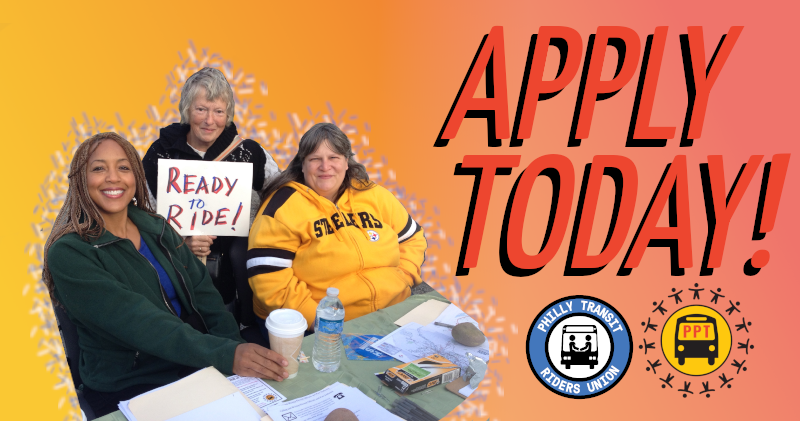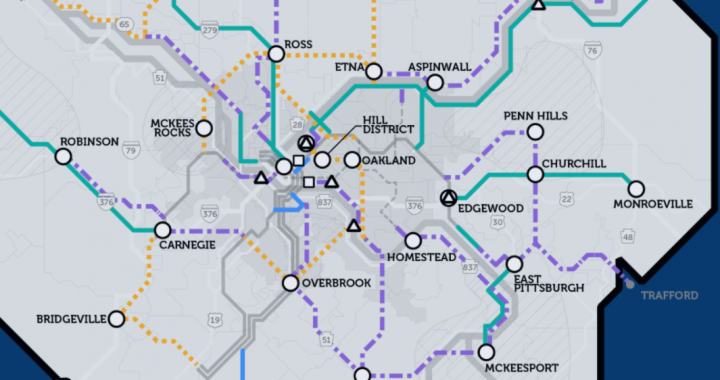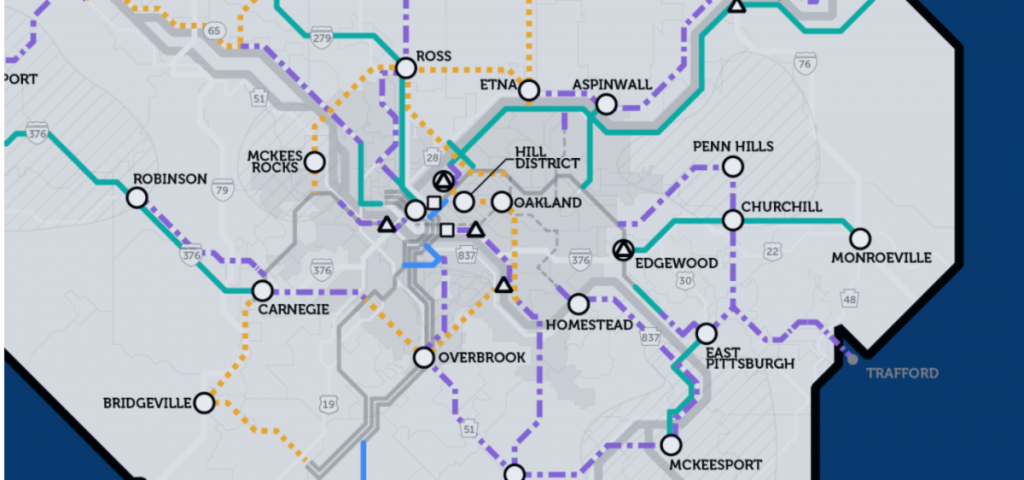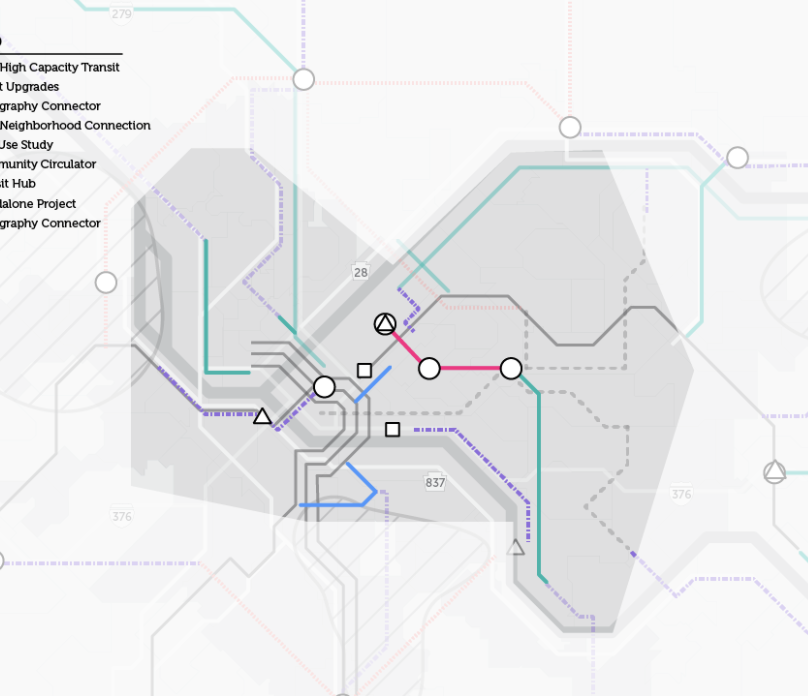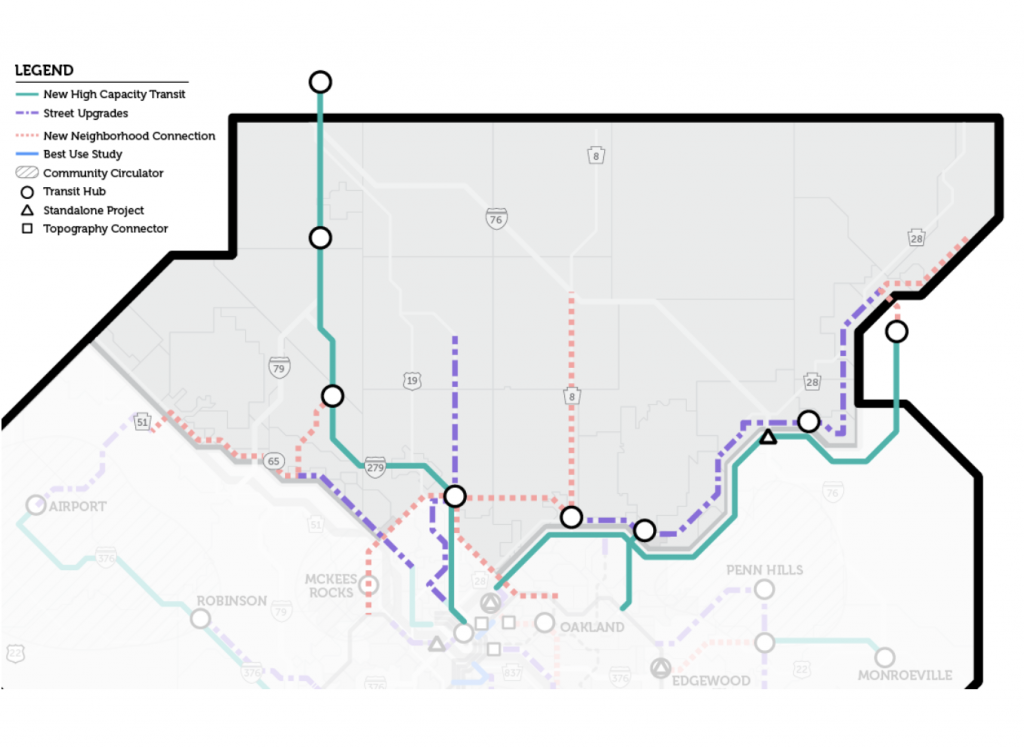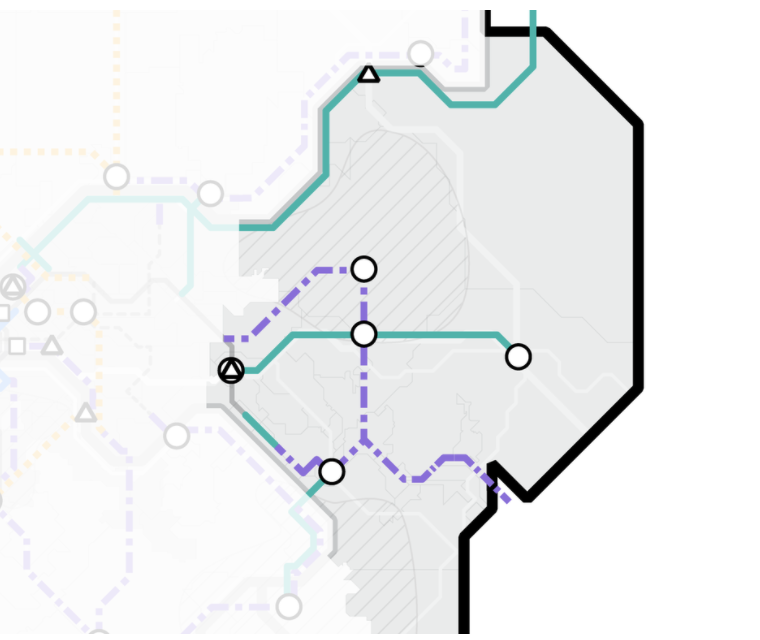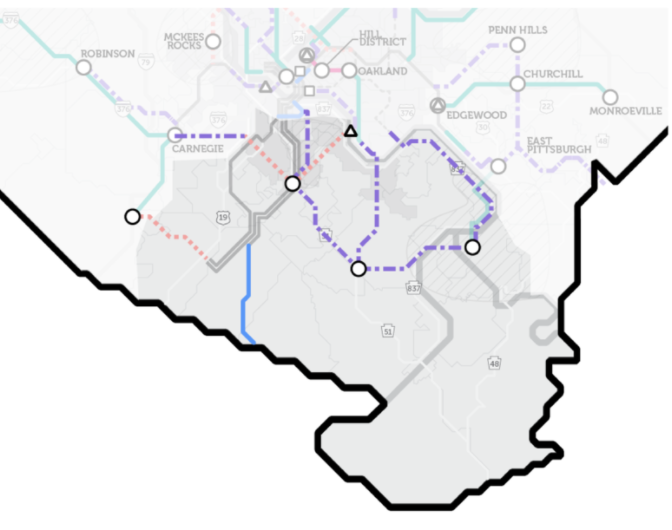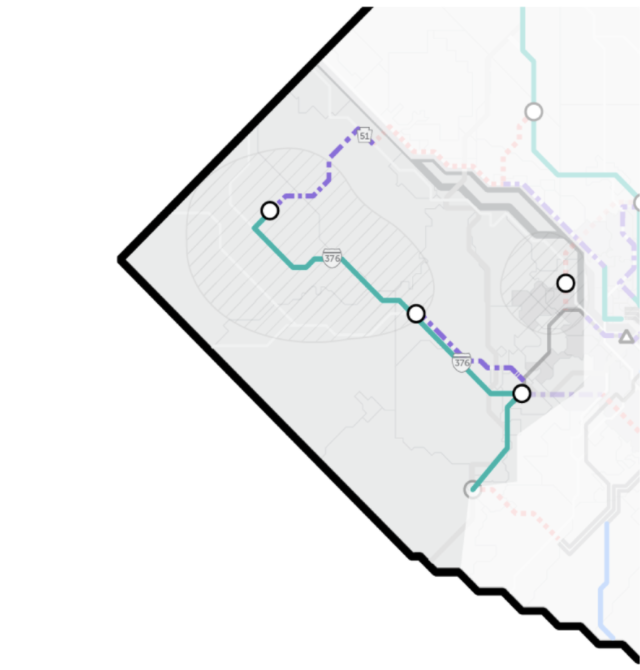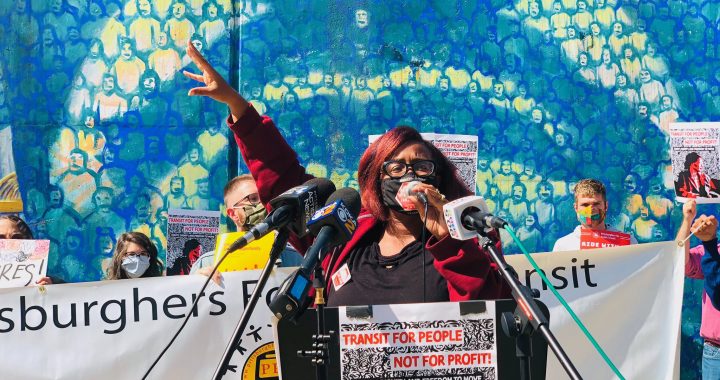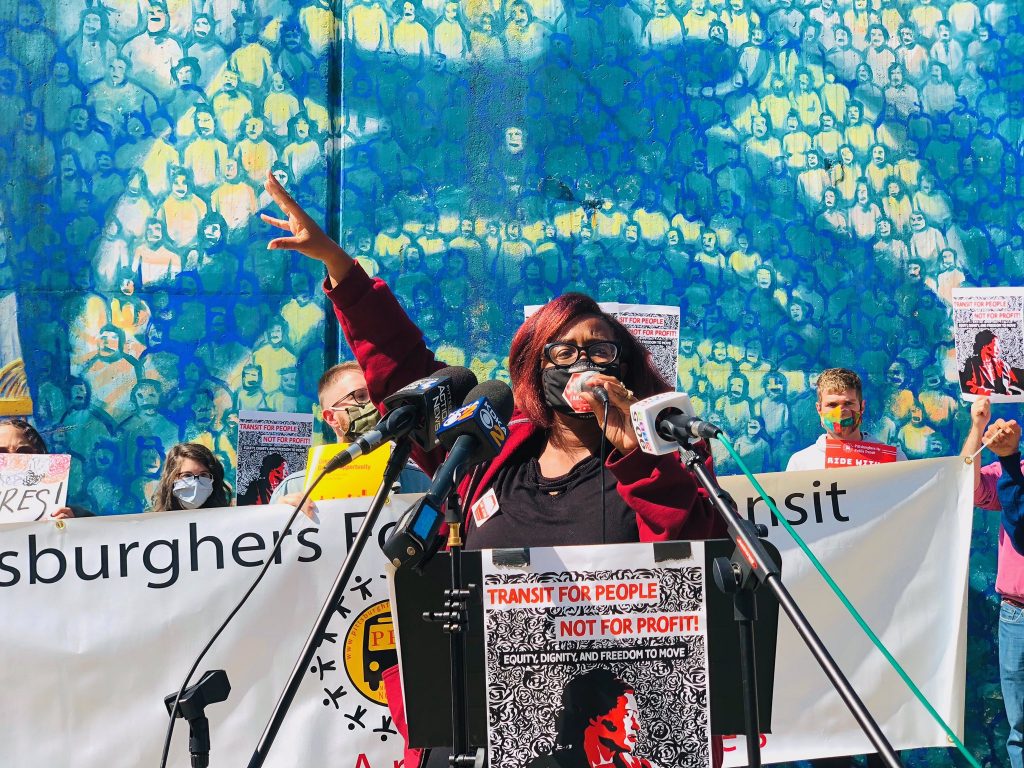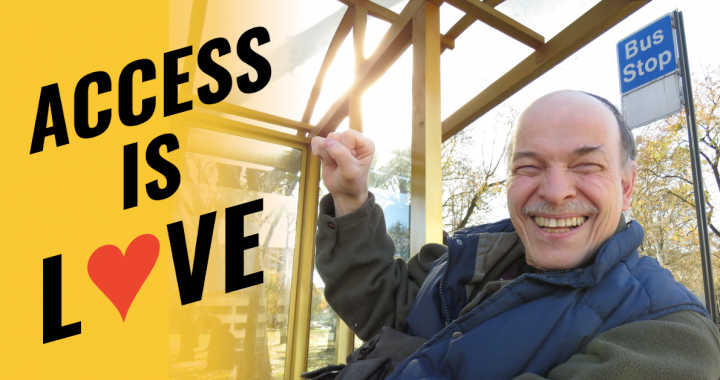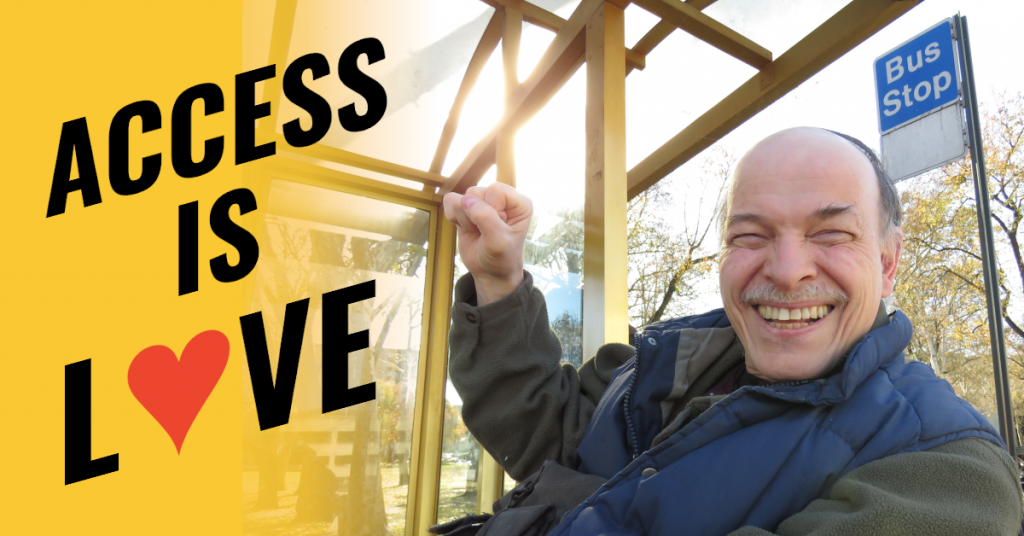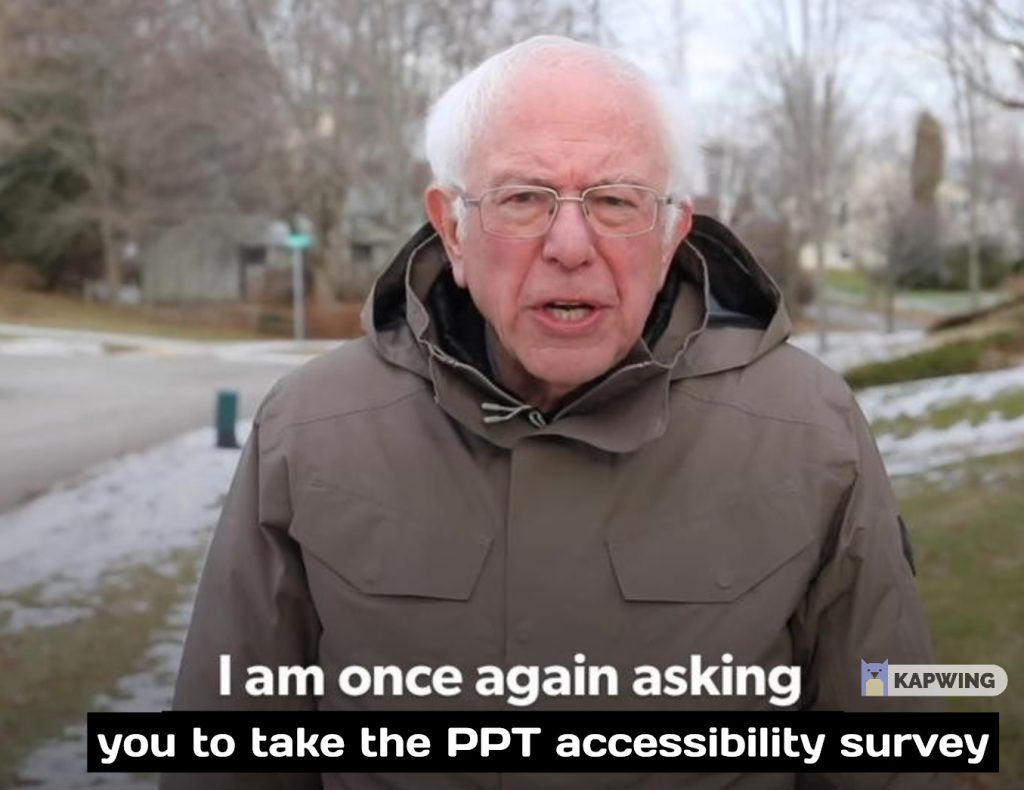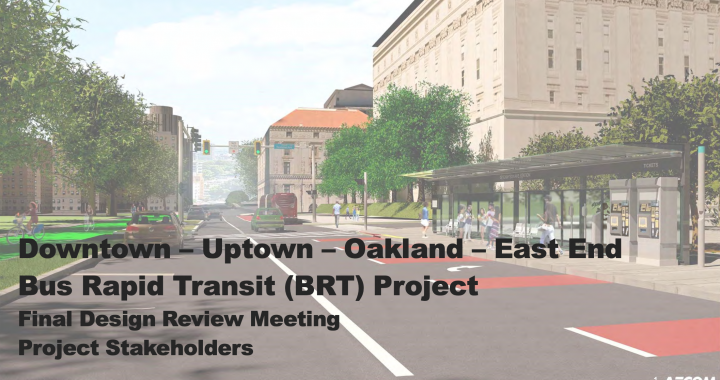After two years and a $210,000 study, Port Authority’s new fare proposal has been released. Public comment is being taken until May 5th.
The Port Authority has finally published the fare recommendations from a 2019 $210,000 contract with Four Nine Technologies. After more than two years, and in the midst of a pandemic, Port Authority announces just three potential changes:
- An increase in the base fare to $2.75 for those paying with CONNECT card stored value.
- Free Transfers for 3 Hours for those paying with CONNECT card stored value.
- A rolling timeline for weekly and monthly bus passes. So that the bus pass “week” starts when you first tap the pass, not along a Sun-Sat schedule.
Public comment is being taken on these recommendations until May 5th. This public comment period is our opportunity to call for more systemic changes that truly build equity for all riders. See below or visit Port Authority’s page for info on giving public comment.
These recommendations have fallen short of addressing the biggest problem with our fare system – rider access to CONNECT Cards and cash fare costs.
To be clear, the proposal does have some merits. Free transfers on for CONNECT card stored value is a very good policy change. The rolling timeline for weekly and monthly bus passes is also good, and will make buying passes more attractive. We have been calling for these changes since 2016. At this point, the Port Authority should pass these policies quickly. And they must take the fare hike off the table during a pandemic while people are suffering an economic downturn.
However, Port Authority already has some of the highest fares in the nation. And the pandemic has furthered existing inequities and has proved that low-income riders are the ones keeping our transit system afloat and that riders are essential workers, keeping our communities afloat. Port Authority needs to take the fare hike off the table. They need to pass the common-sense transfer & rolling pass policy. And they must move swiftly to overhaul its fare structure to benefit all riders.
Pittsburghers for Public Transit worked hard with our partners at Casa San Jose, Just Harvest, the Alliance for Police Accountability, and the Thomas Merton Center to provide solutions for these issues in our #FairFares platform. Riders have voiced solutions multiple times throughout the pandemic to extend emergency fare relief to low-income riders. And people have spoken up about fares during Port Authority’s 2020 “Listening Tour”, and in hundreds of NEXTransit long-range plan comments.
Riders have taken time to put forward solutions to fare inequity. But it is clear that the Port Authority has not heard its riders clearly enough.
As we see it, here are the key problems with the current proposal:
1. Cash riders, who are disproportionately low-income, pay more for transit by design.
The proposal does nothing to address the unfair cost burden of cash users. Cash riders already pay a full $2.75 for every trip and transfer. Prior to the pandemic, cash riders made up 9% of ridership, but they paid 15-16% of total fare revenue. That’s not right.
Routes with high cash usage run through disproportionately low-income and high minority communities. These routes often require more transfers, and with them more full cash transfer fees of $2.75.
CONNECT cards are harder to access for low-income riders. Access points like ticket venting machines and Giant Eagle/Goodwill stores are not prevalent in lower-income, suburban communities. These are also the same communities that have limited and less frequent service.
In other words, poor riders pay more money for worse transit service. And this is even more pronounced during COVID, when reduced schedules and capacity limits are leaving riders stranded.
2. Low-income riders pay full fare, while virtually every other constituency pays less for transit.
Professionals can access pre-tax commuter benefits, saving them ~30% on bus pass costs. Seniors are free. Youth under 6 are free. University and some PPS students are free. Disabled people and youth between the ages of 6-12 pay half-fare.
Why is it that we are charging those with the least means to pay the most? We need emergency fare relief for low-income riders now, to ensure that riders can access critical needs during this pandemic and economic crisis, AND we need Port Authority to move towards implementing a long-term low-income fare program.
Low-income riders can easily pay more than the cost of a weekly or monthly bus pass in single CONNECT card payments over the course of a week or month—up to 180% more—simply because they don’t have the upfront money to pay the full cost of a bus pass at one time. That’s why we also need fare capping, which puts a cap on the amount that any rider can pay in single rides over a given period of time, at the cost of a pass.
3. We need bulk bus passes and transit incentive programs so we can shift the burden of fare costs to the large companies who profit most from public transit.
Right now, only universities can access bulk bus pass rates.
Port Authority needs to have bulk bus pass packages that can be purchased by employers to give to their employees. These programs can also be used by developers to give access to tenants, for social service agencies to give to their clients, and for conferences to provide for their attendees. A bulk bus pass program is a pathway for large companies pay for the transit system that they disproportionately benefit from… especially those large untaxed exployers like UPMC who currently pay nothing for the transit system that keeps their businesses running.
Bulk passes will also drive up ridership at a time when ridership is hovering at 35% of pre-pandemic levels.
4. Fare evasion needs to be decriminalized.
Port Authority police shot and killed Bruce Kelley, Jr. at the Wilkinsburg East Busway station in 2016, with no consequences. Port Authority is moving towards a process of “off-board fare payment” which will require random fare payment checks on the T and on our busways in the coming years. However, unless changes to fare enforcement are made, those checks will be done by armed Port Authority police. Failure to prove a $2.75 payment will lead to $300 fines, jailtime, and criminal charges.
Similar policies in other cities have led to the acceleration of the school to prison pipeline, detainment and deportation of our immigrant neighbors, the incarceration of the poor, and racial profiling and murders of unarmed Black and Brown riders.
An equitable fare policy would ensure that fare enforcement be done by civilian, unarmed fare ambassadors, and that fare evasion be treated like parking tickets—with affordable civil penalties or community service.
5. Time and time again, Port Authority asks low-income people to drop everything to give feedback about fares, then does nothing to prove that they’re listening.
When this new fare proposal was announced last month, Port Authority blamed the pandemic for why there was no public input into these proposals. But the reality is that Port Authority has asked riders to give feedback about fares on numerous times over the last two and a half years: during the announcement that they would hire a fare consultant in 2019, during the “Listening Tour” that started at the beginning of 2020, and at the dozens of NexTransit long-range planning meetings that have been held over the last year.
Each time, riders have made time to join these meetings and put forward sound policy proposals for an equitable system.
So riders are left asking, “how has all the feedback that we gave during that time been incorporated into this proposal? Where is the equity in asking us to talk about the same issues over and over again?”
Its time for the Port Authority to be transparent about the rider feedback they’ve gotten about fares over the last two years. And that they show how this feedback was– or wasn’t– incorporated into these suggestions. The agency also needs to give a detailed report of the feedback that they hear from riders during the 40-day comment period on this new proposal.
Check out PPT member Dean Mougianis’ #fairfares video to revisit our top-line demands from the Riders Vision for Public Transit:
But we deserve more ambitious fare changes, that truly address our region’s equity issues that our fare system perpetuates, and a fare system that will support more ridership, not less.
Now here is how you can help – The Port Authority is accepting Public Comment until May 5th
1. Sign up to testify at one of the upcoming fare hearings online: Thursday, April 22, Friday, May 30th, or Tuesday, May 4th.
2. Submit public comment: online, by mail, or on a pre-recorded line:
3. Review the #FairFares platform and Emergency COVID Fare Relief policy proposal to see the solutions that riders have put forward for a more equitable fare structure.
